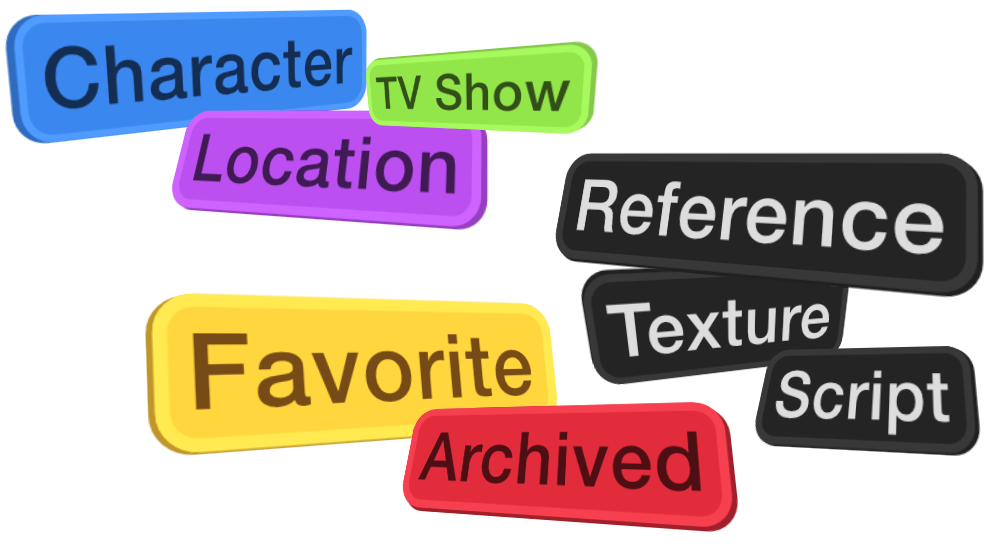¶

A User-Focused Photo & File Management System


TagStudio is a photo & file organization application with an underlying tag-based system that focuses on giving freedom and flexibility to the user. No proprietary programs or formats, no sea of sidecar files, and no complete upheaval of your filesystem structure.
Core Features¶
-
All Files Welcome
TagStudio works with photos, videos, music, documents, and more! All file types are recognized by TagStudio, with most common ones having built-in preview support.
-
Create Tags Your Way
- No character restrictions
- Add aliases/alternate names
- Customize colors and styles
- Tags can be tagged with other tags!
- And more!
-
Powerful Search
- Full Boolean operator support
- Filenames, paths, and extensions with glob syntax
- General media types (e.g. "Photo", "Video", "Document")
- Special searches (e.g. "Untagged")
- "Smartcase" case sensitivity
-
Text and Date Fields
Along with tags, add custom metadata fields such as text and dates to your files!
This is useful for adding notes and descriptions, titling files, and keeping track of extra dates and times.
Built Different¶
-
Open Source
TagStudio is licensed under the GPL-3.0 license with the source code and executable releases available on GitHub.
-
Central Save File
Opposed to filling your drives with sidecar files, TagStudio uses a project-like library system that stores your tags and metadata inside a single save file per-library.
More Than an Application¶
TagStudio aims to create an open and robust format for file tagging that isn't burdened by the limitations of traditional tagging and file metadata systems. TagStudio is the first proof-of-concept implementation of this system.
- See the Roadmap for future features and updates